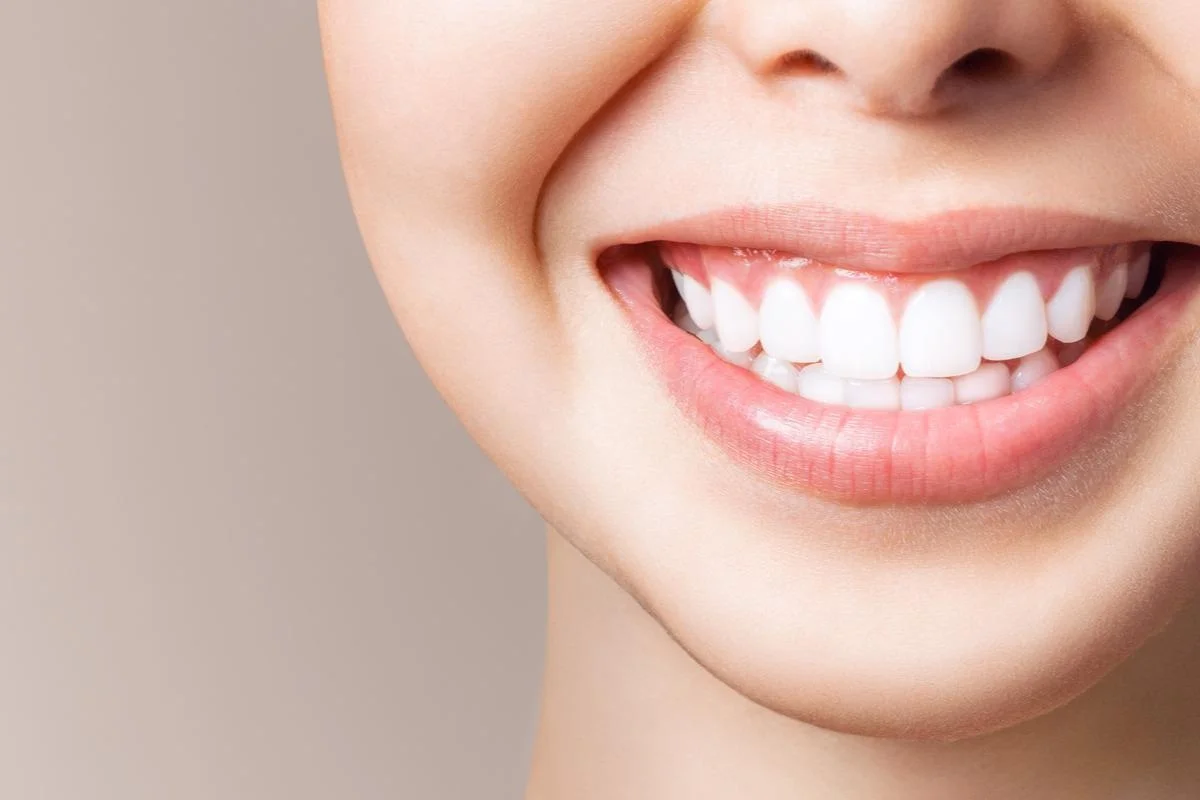Having a bright, white smile can boost your confidence and enhance your appearance. Teeth whitening has become a popular cosmetic procedure because many people desire a whiter smile to improve their overall look. Whether you’re preparing for a special occasion or just want to freshen up your smile, understanding the different whitening methods available is crucial. This article explores various teeth whitening options, their effectiveness, safety considerations, and tips for maintaining a white smile. By knowing what’s out there and how each method works, you can choose the best approach to achieve and keep that radiant smile.
Understanding Teeth Whitening
What is Teeth Whitening?
Teeth whitening refers to a range of treatments designed to lighten the color of your teeth. These treatments target stains and discoloration caused by food, drinks, smoking, and natural aging. The process typically involves using bleaching agents like hydrogen peroxide or carbamide peroxide to break down the pigments in the teeth. This not only makes your teeth look whiter but also helps in removing stubborn stains.
How Does Teeth Whitening Work?
Teeth whitening works through a chemical reaction that breaks down the stains on your teeth. When you use whitening products, they contain bleaching agents that penetrate the tooth enamel and reach the discolored molecules. The agents break these molecules into smaller pieces, which makes the stains less noticeable. This process can take varying amounts of time depending on the method used and the severity of the discoloration.
Popular Teeth Whitening Methods
Over-the-Counter Products
Over-the-counter teeth whitening products are widely available and offer a convenient way to achieve a brighter smile at home. These include:
- Whitening Toothpaste: Contains mild abrasives and chemicals that help remove surface stains from your teeth. It’s a good option for maintaining the whiteness but may not significantly lighten teeth.
- Whitening Strips: Thin, flexible strips coated with a whitening gel that you place directly on your teeth. They typically need to be worn for a set amount of time each day for a few weeks to see noticeable results.
- Whitening Gels: Applied directly to the teeth using a brush or applicator. These gels contain bleaching agents similar to those used in professional treatments but are generally less concentrated.
Professional Treatments
Professional teeth whitening treatments are performed by dentists and offer more dramatic results compared to over-the-counter products. They include:
- In-Office Whitening Procedures: A dentist applies a strong bleaching agent to your teeth and may use a special light or laser to enhance the whitening effect. This method can produce significant results in just one visit.
- Custom Whitening Trays: Your dentist creates custom trays that fit your teeth perfectly. You fill these trays with a whitening gel and wear them for a specified period. This method provides more control over the whitening process and can be more effective than over-the-counter options.
Natural Teeth Whitening Options
Baking Soda and Lemon Juice
A popular DIY method involves mixing baking soda with lemon juice to create a natural whitening paste. Baking soda acts as a mild abrasive, helping to remove surface stains, while lemon juice’s acidity can aid in whitening. However, this method should be used cautiously, as excessive use can erode tooth enamel and cause sensitivity.
Activated Charcoal
Activated charcoal is another natural remedy for teeth whitening. It’s believed to absorb toxins and impurities from the teeth and gums. To use, you brush your teeth with activated charcoal powder, which may help remove surface stains. Despite its popularity, there is limited scientific evidence supporting its effectiveness and safety.
Coconut Oil Pulling
Coconut oil pulling is an ancient practice where you swish coconut oil in your mouth for several minutes. It’s thought to help remove bacteria and reduce plaque, which can contribute to a whiter smile. While some people report improved whiteness and oral health, more research is needed to confirm its benefits.
Safety Considerations
Potential Side Effects of Teeth Whitening
Teeth whitening is generally safe when used as directed, but it can have side effects. Common issues include tooth sensitivity and gum irritation. Sensitivity occurs when the whitening agents penetrate the enamel and affect the nerves of the teeth. Gum irritation can happen if the bleaching agents come into contact with the gums. It’s important to follow instructions carefully and consult a dentist if you experience significant discomfort.
Tips for Safe Whitening Practices
To ensure safe whitening, consider the following tips:
- Consult a Dentist: Before starting any whitening treatment, especially if you have dental issues or sensitive teeth, it’s best to consult a dentist.
- Follow Instructions: Whether using over-the-counter products or professional treatments, always follow the manufacturer’s or dentist’s instructions.
- Avoid Overuse: Excessive whitening can damage your teeth and gums. Stick to recommended usage guidelines to avoid potential harm.
Maintaining Your White Smile
Daily Habits to Keep Teeth White
To maintain a white smile, adopt daily habits that help prevent new stains. Brush your teeth at least twice a day with fluoride toothpaste and floss daily to remove plaque. Additionally, drinking plenty of water helps rinse away food particles and stains. Regular dental check-ups and cleanings can also help maintain your teeth’s whiteness.
Foods and Drinks to Avoid
Certain foods and drinks can stain your teeth and diminish the results of whitening treatments. Common culprits include coffee, tea, red wine, and berries. If you consume these items, consider using a straw to reduce contact with your teeth and brush your teeth afterward. Also, acidic foods and drinks can erode enamel, so moderation is key.
Conclusion
Choosing the right teeth whitening method depends on your needs and preferences. Over-the-counter products offer convenience, while professional treatments provide more dramatic results. Natural options can be effective but should be used with caution. By understanding these methods, their benefits, and potential risks, you can make an informed decision and enjoy a bright, confident smile. Maintaining your white smile involves good daily habits and avoiding stain-causing foods and drinks.




